- Replies 60
- Views 16.3k
- Created
- Last Reply
Most active in this topic
-
Peter99 9 posts
-
Swifty 6 posts
-
KevH 3 posts
-
Only Dreaming 3 posts
Most Popular Posts
-
Records with drill holes denote "cut out" stock, either from a too large pressing run or stock which was sold on a sale-or-return basis being returned. Often the pressing run numbers were dictated by
-
Think it was to done to mark old or deleted stock mate. Don't think it affects value. Peter
-
Drill holes are caused by the now endangered record worm, the record worm was rife in the early 70's untill a mass cull was launched by the then mninister for glitter and flares, marc Bolan.



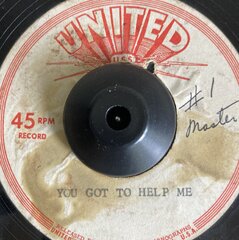
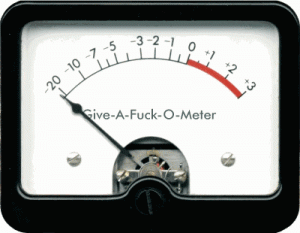


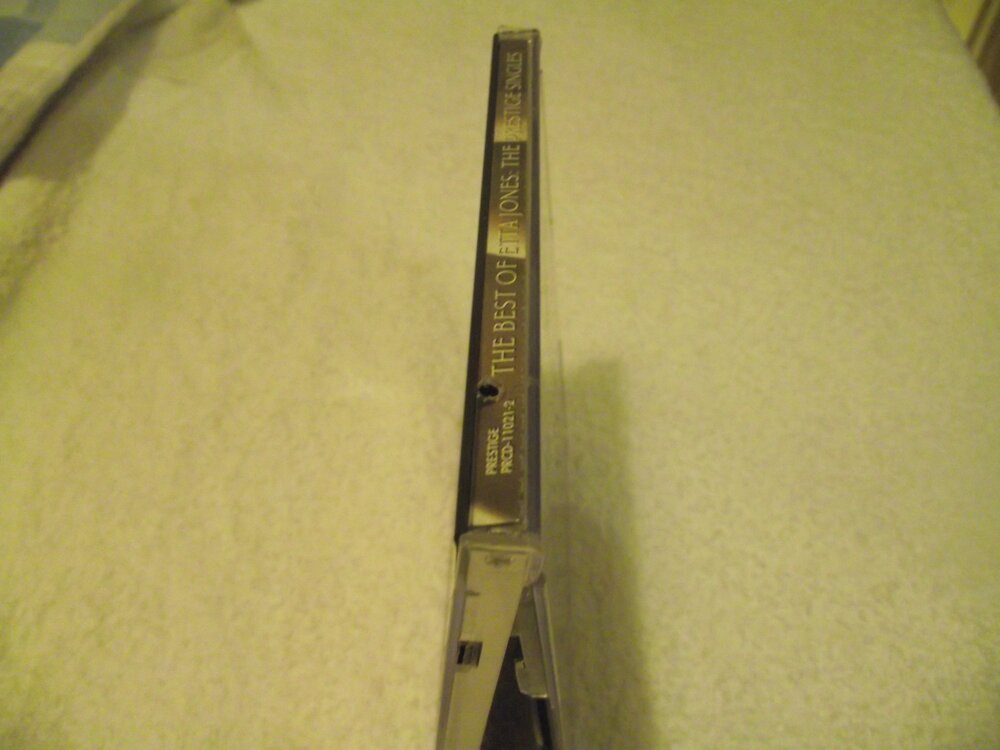
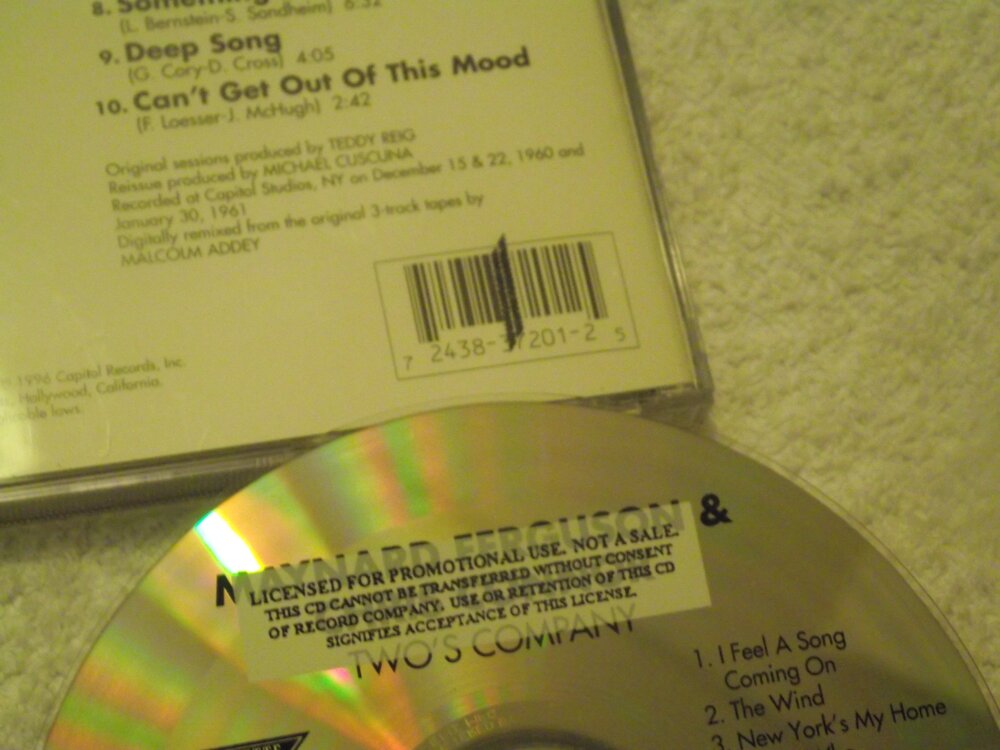
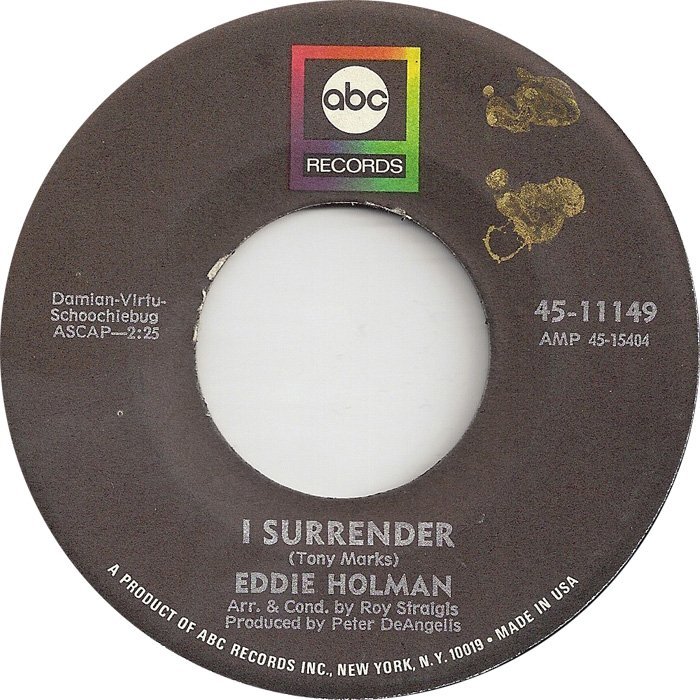
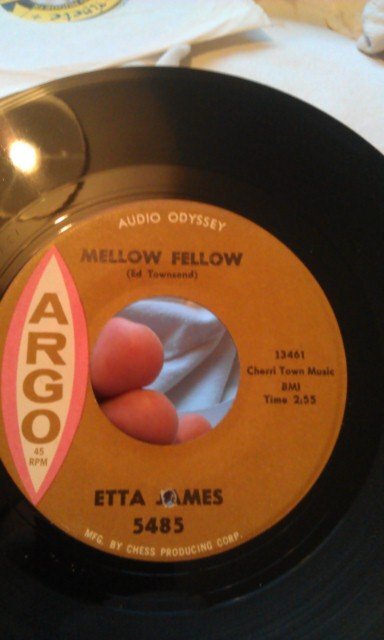
Excuse my ignorance but I`ve always wondered when and why the practice of putting drill holes in records started?
Do they affect the value of the record at all?
Best,
Pete